#PINNED: What the financial terms you might be seeing a lot these days mean
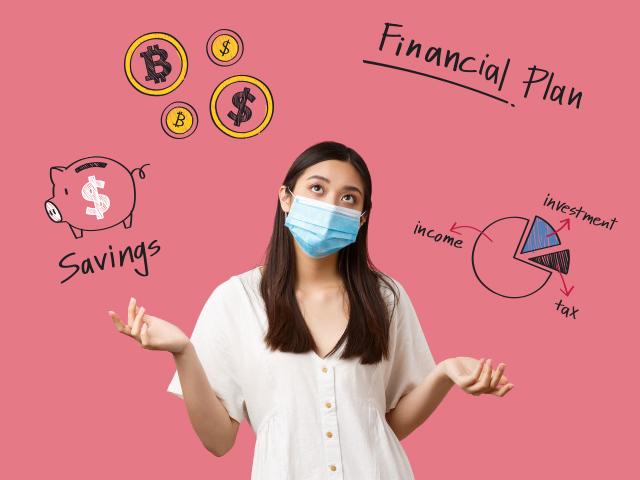
#Pinned makes it easier for young Filipinos to discover meaningful and enriching content and stories that will help them separate music from the noise, wheat from the chaff, and flowers from the weeds.
All our stories are written by young creatives who made it their life mission to know everything there is to know about how fellow young adults can make the most out of their limited down time every day, every week.
Now that you’re part of the “real” world, you might be seeing a lot of these financial terms being bandied about by almost everyone. From your officemate that also moonlights as a financial advisor to your friends sharing all kinds of financial advices online.
So, what’s the deal about them? If you’re as clueless as most Filipino young adults are, then you came to the right place. Here’s a short explainer to help you understand more about these seemingly gibberish terms such as investments, insurance, mutual funds, and whatnot.
1. Budgeting
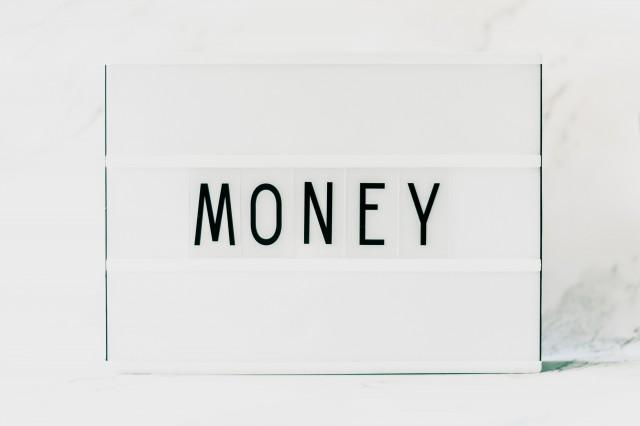
Now that you're getting our own income, you need to spend it wisely. As you become a full-fledged adult, you are now able to understand how hard it is to pay for living expenses, rent, electricity, and water. Budgeting is a lifestyle. It’s making a plan for your life that will guide future decisions. Once you’ve learned how to budget properly, then comes the decision of where to put that money.
2. Saving
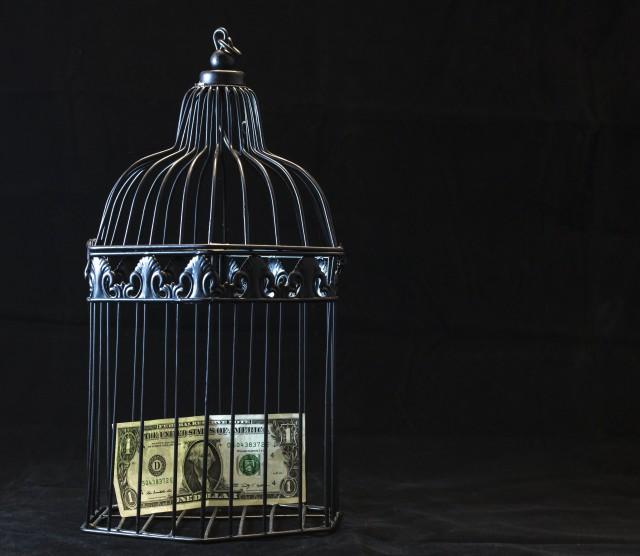
Saving, it’s easy, right? Well, not really. It's very easy to start spending whatever money you've spent once the urge for retail therapy hits you, to be fair. To break this cycle, you need to have a separate savings account besides your payroll and debit accounts. This distinguishes the money you can spend to the money you can’t. The money in your debit account should be spent on essential things like bills, grocery and other necessities. Keeping your savings account separate makes the temptation to spend it less.
3. Emergencies
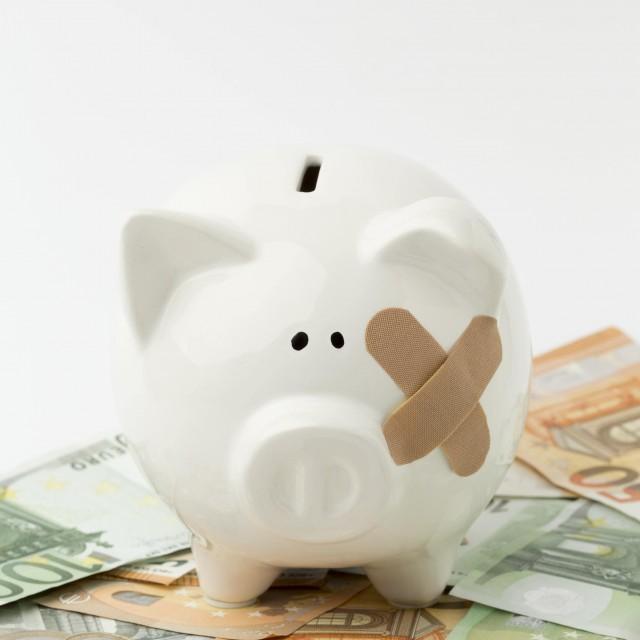
Another useful separate bank account is for emergencies. You don’t need to put as much money in this as your regular savings account, but it is also great to consider having money put away for emergencies. This could be for health emergencies, family emergencies and natural disasters. After budgeting, if there is money left over for the month, it would be great to add it to your own emergency fund.
4. Insurance

Insurance is a way of saving your money while also protecting it. It’s a form of risk management, a way of ensuring you won’t lose money. It’s a contract where you basically give an entrusted entity money so that they can guarantee to compensate you when you suffer a loss. There are a lot of types of insurance and some could even be given by your employer but the four most important types of insurance are life, health, car, and home.
5. Investment

Investment is another way of putting your money into good use. Saving your money in the bank is good and low-risk but your money doesn’t really circulate and grow. However, if you invest your money, there’s a chance for higher return and it feels like your money is growing. There are downsides to it of course, like how you can never really predict how the stock market changes or the fluctuations in economic growth; but there are ways to combat this. Being well-informed and educated in the stock exchanges and having an eye for up and coming businesses, and looking for financial advice are great ways to lower the risks.
6. Mutual Funds
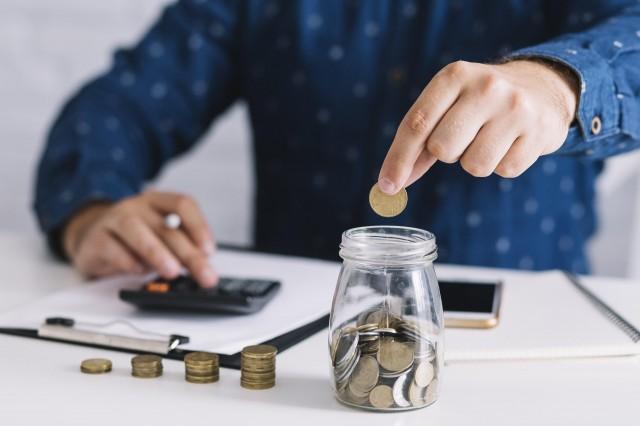
One of the more low-risk investments are mutual funds. Mutual funds, in the most simple sense of the idea, is a collection of stocks, bonds, and other kinds of investments that are managed by another entity that you can buy. An example of these can be found in banks, where you have a contracted time and amount to give the bank and the bank can invest for you. It is relatively simple and is considered to be a medium risk investment.
7. Stocks
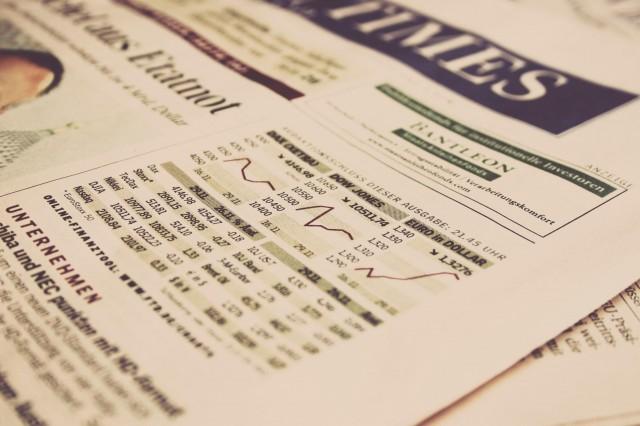
Stocks are also a kind of investment where you can partly own a corporation and depend on the corporation’s assets and earnings. This is definitely the most high risk investment you can get. The stock market is not stable and can frequently change. Your unit share of stock might make thousands of pesos per day or lose thousands of pesos per day.
8. Bonds

Bonds are relatively lower risk than stocks because the value of your bonds don’t change much because it’s assured by the government. Retail treasury bonds are bonds the government has made available to the public and is treated as a fixed income security. This means that the bonds have a fixed interest rate, much different than the daily changes of values in the stock market and much more similar to how banks operate on your savings.
Other investments can come in the form of property like land, which does not depreciate. You can invest your money in your own business or for retirement and a life plan. You might think “Oh I’m too young to think about savings and money this early” but trust us, money is a necessity nowadays. It’s not a want, it’s a need. Even if you don’t earn 6-digit payslips, you can still feel like you do. Careful, well-educated and wise decisions concerning your money can make you live like a king.



